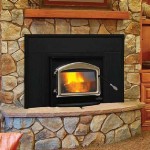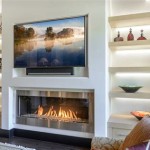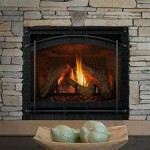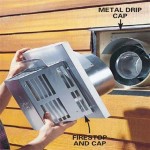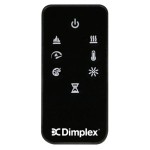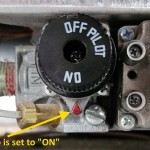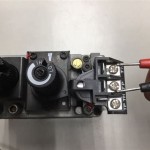```html
How to Mount a TV Above a Fireplace: A Comprehensive Guide
Mounting a television above a fireplace is a popular design choice that can create a focal point in a living room. However, this installation presents unique challenges that must be addressed to ensure the safety of the television, the integrity of the wall, and the overall viewing experience. This article provides a detailed guide on how to mount a TV above a fireplace, covering crucial considerations, necessary tools, and step-by-step instructions.
Assessing the Feasibility and Addressing Potential Issues
Before initiating the mounting process, a thorough assessment of the fireplace and surrounding area is essential. Several factors can influence the practicality and success of this type of installation. Ignoring these factors can lead to damage to the television, structural issues, or an uncomfortable viewing experience.
Heat Exposure: The primary concern when mounting a TV above a fireplace is the potential for excessive heat exposure. Televisions are electronic devices that operate within specific temperature ranges. Prolonged exposure to high temperatures can damage the internal components, shorten the lifespan of the TV, and even void the warranty. Consider the type of fireplace. Gas fireplaces generally produce less heat than wood-burning fireplaces. Electric fireplaces produce minimal heat, if any. Regardless of the fireplace type, measure the temperature above the mantel during typical fireplace use. If the temperature consistently exceeds the manufacturer's recommended operating temperature for the TV, mounting the TV directly above the fireplace may not be advisable. Alternatives include using a larger mantel to deflect heat, installing a heat shield above the fireplace, or choosing a different location for the television.
Viewing Height: Another critical factor is the viewing height. Mounting a TV too high can result in neck strain and discomfort, especially during extended viewing periods. Ideally, the center of the TV screen should be at eye level when seated. Calculate the viewing distance from the seating area to the proposed TV location. Use this distance to determine the optimal viewing height. If the proposed location above the fireplace results in an excessively high viewing angle, consider a tilting mount or exploring alternative TV placement options.
Wall Structure: The wall above the fireplace must be structurally sound to support the weight of the TV and the mounting bracket. Determine the type of wall construction (e.g., drywall, brick, stone). Drywall requires secure anchoring to studs or the use of specialized drywall anchors that can support the weight. Brick or stone walls require drilling and anchoring directly into the masonry. If the wall is a chimney chase (a decorative enclosure around the chimney), it may not be structurally sound enough to support the TV. In such cases, consult with a structural engineer or experienced contractor to assess the load-bearing capacity and recommend appropriate reinforcement measures.
Cable Management: Hiding the power cord and connecting cables is crucial for a clean and aesthetically pleasing installation. Plan the cable routing before mounting the TV. Consider using in-wall cable management kits, which allow cables to be run through the wall cavity. These kits typically include a power inlet near the TV and a corresponding outlet near the floor. Ensure that the in-wall cables are rated for in-wall use to meet safety codes. If in-wall cable management is not feasible, explore other options, such as cable raceways or discreet cable covers, to conceal the cables.
Gathering Necessary Tools and Materials
A successful TV mounting project requires the right tools and materials. Preparing these items in advance will streamline the installation process and minimize potential delays.
TV Mount: Selecting the appropriate TV mount is crucial. Consider the size and weight of the TV, the desired viewing angle, and the wall type. Common types of TV mounts include: Fixed mounts (for a low-profile, non-adjustable installation), Tilting mounts (for adjusting the vertical viewing angle), and Full-motion mounts (for maximum flexibility in positioning the TV). Ensure the mount is VESA (Video Electronics Standards Association) compliant and compatible with the TV's mounting hole pattern. Choose a mount that is rated to support at least four times the weight of the television for added safety.
Drill and Drill Bits: A power drill is essential for creating pilot holes and securing the mounting bracket to the wall. Use drill bits appropriate for the wall material (e.g., wood, masonry). For brick or stone walls, a hammer drill with a masonry bit is required.
Stud Finder: A stud finder is necessary for locating wall studs behind drywall. Use an electronic stud finder to accurately identify the edges of the studs. If a stud finder is unavailable, tapping along the wall and listening for a solid sound can help locate the studs.
Level: A level is crucial for ensuring that the TV is mounted straight. Use a bubble level or a laser level to accurately align the mounting bracket and the TV.
Screwdriver: A screwdriver is needed for tightening screws and securing the TV to the mounting bracket. Use a Phillips head screwdriver or a flathead screwdriver as needed.
Measuring Tape: A measuring tape is necessary for accurately measuring distances and marking locations for drilling holes.
Pencil: A pencil is used for marking the locations of studs and drilling holes.
Safety Glasses: Safety glasses are essential for protecting the eyes from debris during drilling and installation.
Gloves: Gloves can provide a better grip and protect hands during the installation process.
Cable Management Supplies: Cable management supplies include cable ties, cable raceways, in-wall cable management kits, and HDMI cables.
Step-by-Step Installation Process
The following steps provide a detailed guide on how to mount a TV above a fireplace. It is recommended to have a helper assist with the installation, especially for larger TVs.
Step 1: Prepare the Wall: Locate the wall studs using a stud finder. Mark the locations of the studs with a pencil. If mounting on brick or stone, determine the desired mounting location and mark the drill holes accordingly.
Step 2: Attach the Mounting Bracket to the Wall: Position the mounting bracket on the wall, aligning it with the marked stud locations. Use a level to ensure the bracket is straight. Drill pilot holes through the bracket and into the studs (or directly into the brick/stone). Secure the bracket to the wall using lag bolts or appropriate masonry anchors.
Step 3: Attach the Mounting Arms to the TV: Attach the mounting arms to the back of the TV using the screws and washers included with the TV mount. Ensure the arms are securely fastened to the TV's VESA mounting holes.
Step 4: Connect the Cables: Before mounting the TV, connect all necessary cables, such as HDMI cables, power cord, and any other required connections. This will be easier than trying to connect them after the TV is mounted.
Step 5: Mount the TV to the Bracket: Carefully lift the TV and align the mounting arms with the corresponding slots on the wall-mounted bracket. Secure the TV to the bracket using the locking mechanisms provided with the mount. Ensure the TV is securely attached to the bracket before releasing it.
Step 6: Level the TV: Use a level to ensure the TV is perfectly straight. Adjust the mount as needed to achieve a level position.
Step 7: Manage the Cables: Conceal the cables using cable raceways, in-wall cable management kits, or other cable management solutions.
Step 8: Test the Installation: Turn on the TV and test all the connections to ensure everything is working properly. Verify the viewing angle and adjust the mount as needed to achieve the optimal viewing experience.
Step 9: Safety Check: Before considering the installation complete, gently but firmly pull downwards on the bottom of the television. Test for any movement or sounds suggesting a weakness in the mounting. For tilting mounts, test the range of motion while feeling and listening for obstructions or issues.
By following these steps and carefully considering the factors outlined in this guide, individuals can successfully mount a TV above a fireplace while ensuring safety, functionality, and aesthetic appeal. It's always recommended to consult with a professional if you are unsure or uncomfortable with any part of the process.
```
Can I Mount My Tv Above The Fireplace
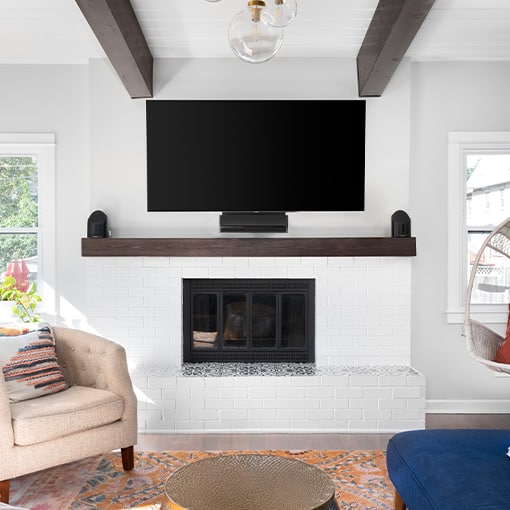
Can I Mount My Tv Above The Fireplace

3 Alternatives To Mounting Your Television Above The Fireplace Avs

Safely Mount A Tv Above An Electric Fireplace Touchstone Home S Inc

Putting A Tv Above The Fireplace May Not Be Such Bad Idea After All

Mounting A Tv Above Fireplace Things To Consider

ᑕ❶ᑐ What To Consider Before Mounting A Tv Above Fireplace

Can I Mount A Tv Over My Fireplace Higold Outdoor Furniture

Can I Mount A Tv Over My Fireplace Warming Trends

Tv Wall Mount Installation With Wire Concealment Over Fireplace
Related Posts

